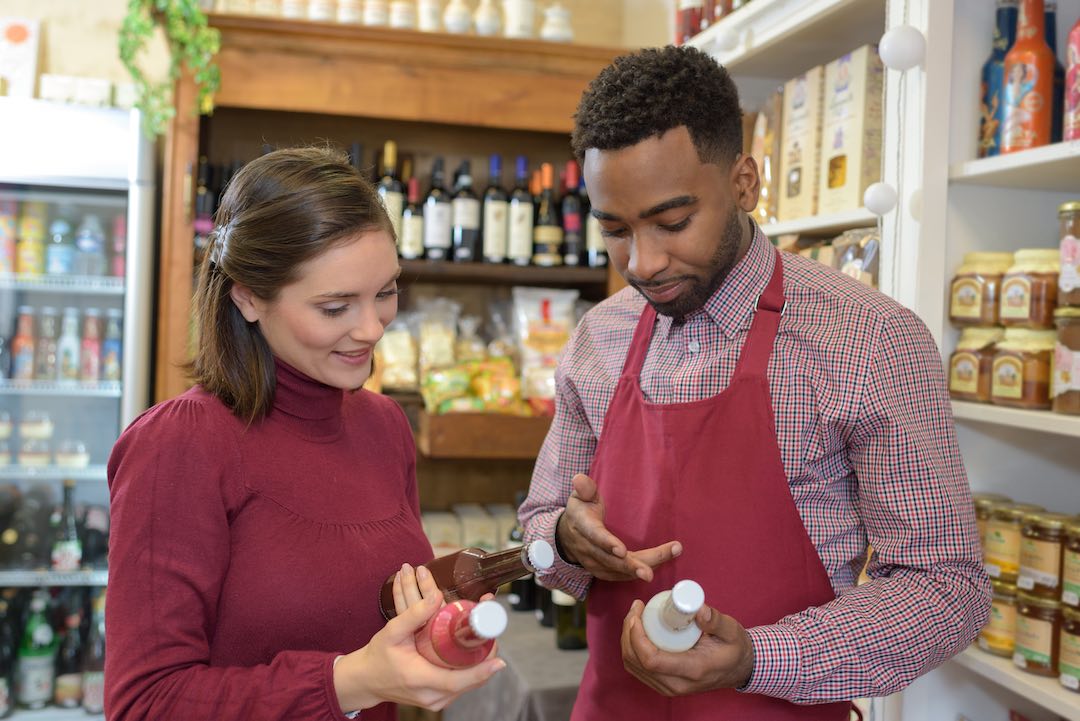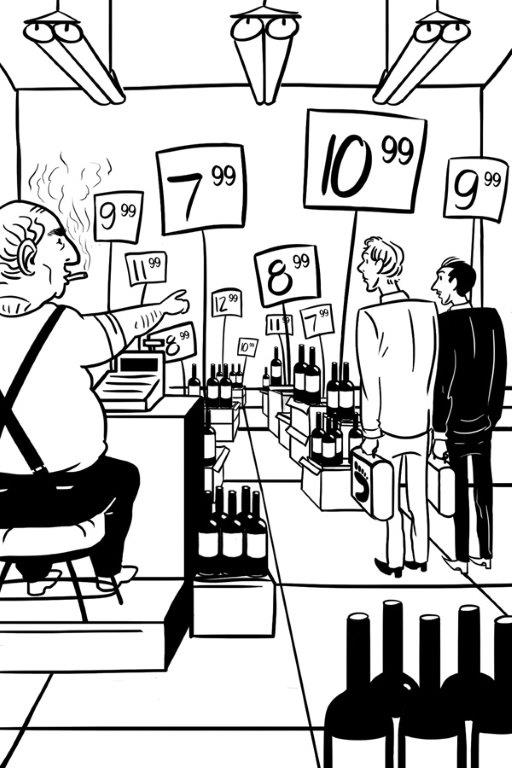 We used to laugh over how the bread salespeople would fight over the eye level shelf position in the stores – that is until we had a branded product of our own. Suddenly we realized how important shelf position was to building a consumer brand.
We used to laugh over how the bread salespeople would fight over the eye level shelf position in the stores – that is until we had a branded product of our own. Suddenly we realized how important shelf position was to building a consumer brand.
So many consumer brands are launched without taking into consideration where their products will wind up in the set (the official retail plan for shelf placement). To make matters worse, most new brands land on the bottom shelf, the hardest place to sell from, or, for that matter, even be noticed. Will your consumer brand ever make it to eye level?
Most consumers look only at products placed at eyelevel, one level above, and one level below. They also tend to shop from left to right. So, the ideal position for your brand is on the left at eyelevel. But getting there is a real competition. Like the bread salespeople, everyone else wants the same spot. Further, in the case of the big supermarkets and box stores, your shelf assignment is for a year! Your annual sales (from your lowly place) must exceed the sales of a competitor (higher up in the set) before you get elevated.
In stores where we were on the bottom shelf, it was slow selling. Wherever we achieved eyelevel, sales took off. Shelf position is more important than an excellent product, unbeatable price, cute logo or a compelling catch phrase. Brand building was so dependent on the physical location of our products, we had to seriously focus on ways to achieve better position over time. Meanwhile, we had to mitigate poor shelf position or be discontinued – for slow sales!
In order to outsell an established, well-positioned brand, consumer brand builders must discover other ways to getting noticed and sold. Here’s 5 ways that worked for us:
- Displays. Some consumer brand builders forgo the shelf altogether. They would rather have floor and end displays, especially when they are new when even the bottom shelf is hard to get. We regularly used this method to get started. Consumers are much more likely to “trip over” your new brand in the aisle or on the end than on the bottom shelf. Of course, price reductions, one month on and one month off, are also effective and work much better in tandem with a floor display.
- Brand Sets. Some retailers organize their shelves by brand. This is great for new consumer brands because it gives them a much more noticeable billboard effect. For us, we discovered that the 1.5L package was brand set in most stores, while the 750ml size was organized by type. Type set spreads a new brand out all over the set, making it less likely to be noticed. So, we deliberately focused on 1.5Ls when starting in a new store.
- Demos. A sure-fire way to build your new consumer brand is to perform instore demos. This is an opportunity for consumers to discover your brand, experience its value, and make that initial purchase. Make sure you order enough so you don’t sell out, use a bar-height table, and have inventory available to sell from your table. The best scenario is to get a price reduction during the demo. Don’t forget to get an order to replace the products you have sold and for future sales.
- Community Exposure. Remember, when you are building a consumer brand available in a given retail store, your customers are generally local, coming from the neighborhood surrounding that store. This means that doing events, fundraisers for local worthy causes, and local word-of-mouth are your best means of creating a demand for your new brand. We found this to be the most effective form of “advertising.”
- Creative Marketing Materials. When we started, we often were on the bottom shelf. In order to get customers to notice us, we put decal footprints on the floor leading them to our products. Then we had a small sign that protruded slightly into the aisle with an arrow pointing to our product. It simply read, “Barefoot!” We also garnered floor displays with seasonal and holiday focused themes that were sold 6-9 months in advance.
So, the good news is, “They are going to carry your new brand!” The bad news is “They put you on the bottom shelf!” So, get out there and do what ya gotta do, and just keep doing it until you get the sales you deserve.


